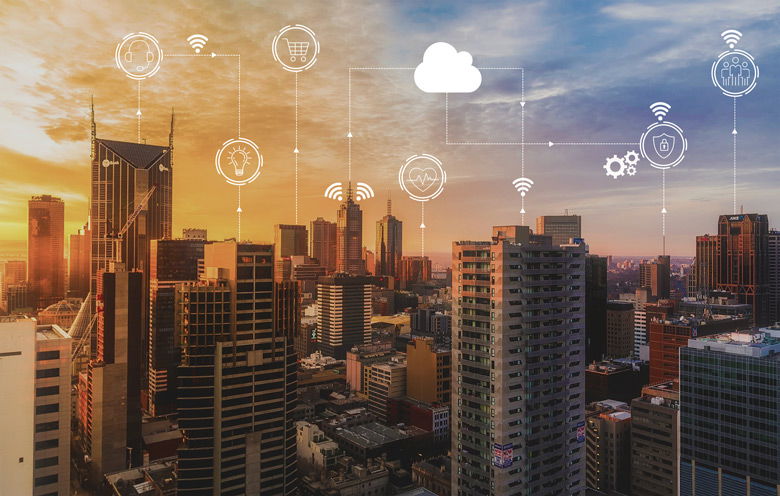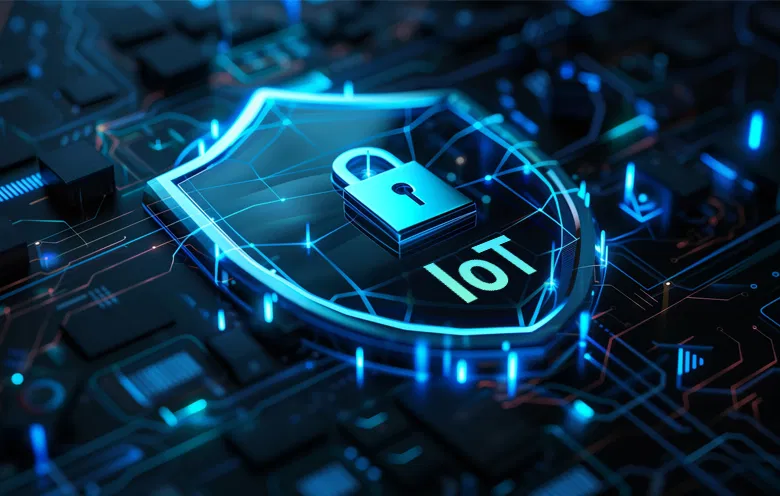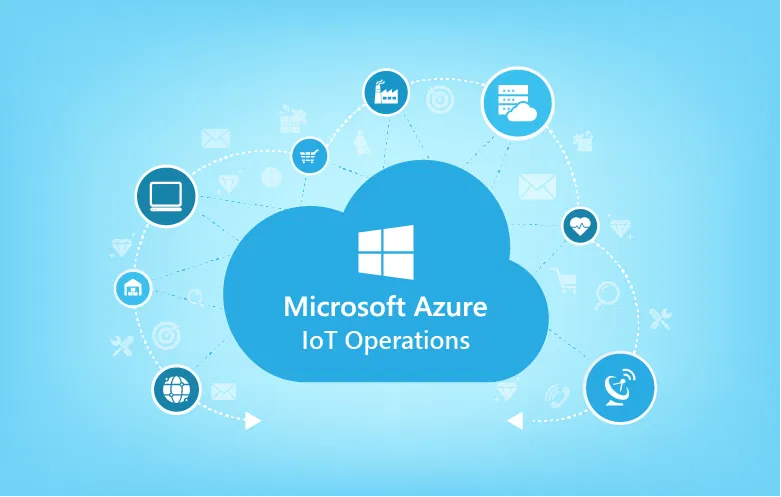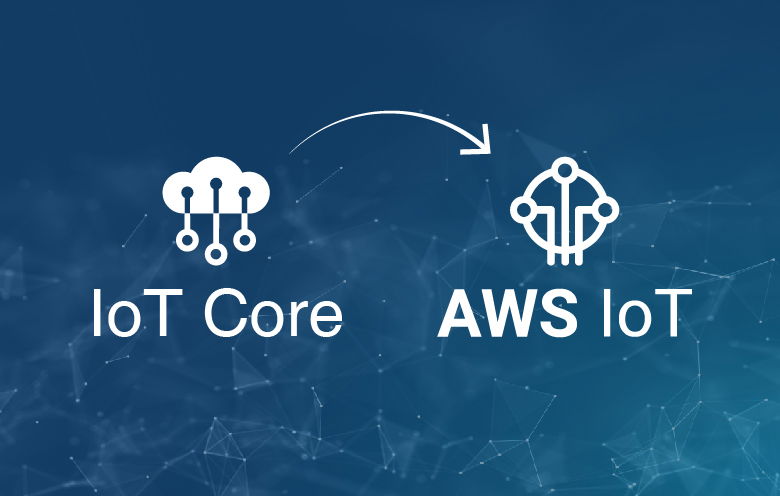According to Statista, by 2020 more than 30 billion IoT devices will be deployed. Such a forecast makes it hard to imagine the amount of data that will be stored in the cloud. This is why modern business owners are planning to build or upgrade their existing IoT solution with edge computing to increase efficiency and decrease operational costs of their IoT solutions.
There is no doubt to the fact that cloud adoption is soaring; however, pure cloud computing is not the ideal option for IoT. The traditional cloud computing technology has a few disadvantages like data security threats, increase in operational costs, performance issues and more.
Apart from that, the majority of data stored in the cloud is hardly used to derive practical IoT value. This means organizations often waste their resources and cloud space by storing unnecessary data which can be handled in the device itself. Hence, many businesses choose edge computing over cloud computing.
What is edge computing and why is it important?
Edge computing enables data processing at or near the computing sources such as servers, storage, software and network connections. With edge computing, you can generate, collect and analyze data at the site where data generation happens, and not necessarily at a centralized computing environment like a data center. By processing data locally and sending important data to the central repository, edge computing reduces data traversing and backhaul traffic.
“Around 10% of enterprise-generated data is created and processed outside a traditional centralized data center or cloud. By 2025, Gartner predicts this figure will reach 75%.”
Generally, edge computing is helpful in secure remote data processing without putting the data into a public cloud. However, other benefits such as reduction in latency and increase in performance, on the whole, apply to all systems. Besides, it also helps you to respond to some data points rapidly, for example, shutting down production lines that are overheating, without having to communicate with a central process.
Some design principles to consider before adopting edge computing
Many industries such as healthcare, retail, manufacturing logistics and others use IoT and edge computing in a broad cross-section. However, within these organizations, C-suite executives, business leaders, and production managers must know the design principles before deciding to deploy edge computing.
[workshop_avnet_1920]
Security-first design
For any organization, security comes first. And the level of security varies depending upon the asset and the nature of work it does. The need for security in embedded systems of edge devices is quite different from cloud security because in the cloud everything is centralized and you will need total control on all the aspects of security. However, once a device is deployed in the field, it must run securely for a long period, as it is not necessary that the software update would be timely applied to the edge device. Make sure your edge devices use the latest cybersecurity approaches to prevent any kind of security threats.
Offers end-to-end solutions
Time-to-market is an important factor in the industrial business sector. Therefore, any solution you choose should be latest and comprehensive so that the overall operational throughput improves. The edge computing provider must offer end-to-end solutions including everything from the edge device, network plugins to secure cloud connection and more which helps in seamlessly carrying out remote operations. Also, it is essential to understand the overall time that is required to start managing your systems remotely before opting for it.
Modular design workable for all devices and network tiers
An organization must ensure that all their devices that are connected across different network layers must be able to work in sync. Thus, it is necessary to choose edge software, which is modular in design and supports different edge devices across different scenarios without glitches. In a nutshell, you will need to implement an IIoT solution which can work with small sensors as well as huge gateways and in any environment whether on server or virtualized.
Works even when offline
In an industrial setup, many times assets have to be disconnected for certain operations or regulations. Hence, choose the edge technology that can adjust with such scenarios. Aside from that, also confirm with the service provider about the implementation scenario –
- Will the IoT edge device support when operated in offline mode without any cloud connectivity?
- Will the edge device work when entirely or occasionally disconnected?
Possess backward compatibility capability
Many industrial businesses manage a fleet with a wide variety of assets varying in versions, features, and period. To manage such a heterogeneous fleet efficiently, it is necessary to install an edge device in the field for a long period of time. So, before deploying an edge device, make sure your software provider offers extended support for diverse industrial devices that meet compliance requirements and save costs pertaining to new upgrades, replacements and changes.
The final say
All in all, these are five vital aspects you need to focus on before planning to adopt edge computing technology for your IoT ecosystem. Make sure you talk about the above-mentioned scenarios with your edge device software provider and ensure that you have an edge software stack which is highly swift and secure to build and implement edge applications. If you want to know how edge applications can enhance your IIoT devices, then talk to our experts.



